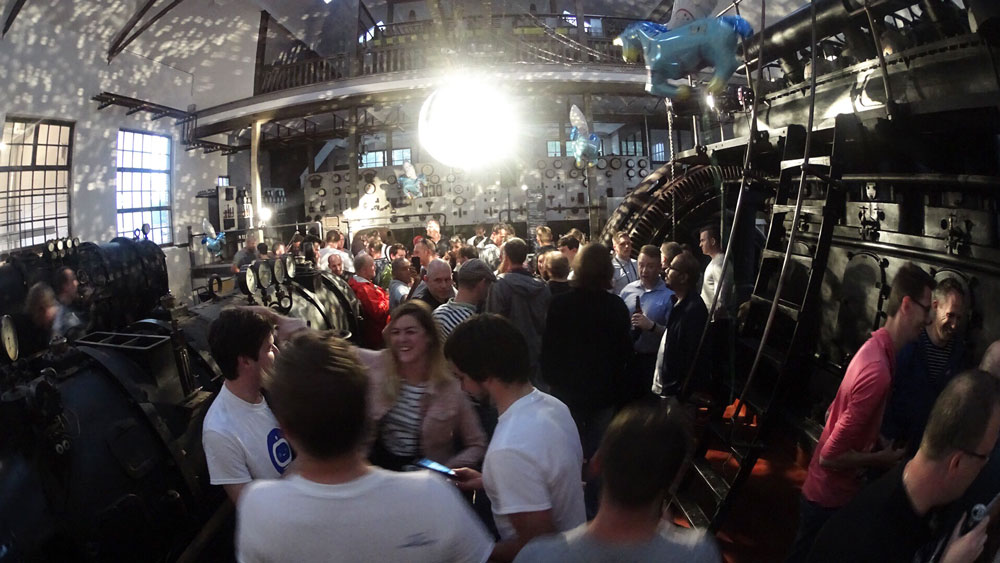When a discussion becomes a plan, we are able to transfer the plan to the issue tracker as an up-for-grabs issue that is ready to be worked on. This is a fantastic way to ensure that the time you spend working on your PR is used wisely and that you have absolutely everything you might need before you get started.
Additionally, we think Discussions will also be a great place to create “Super Issues” like the ones we’ve had for accessibility and Angular decoupling. These issues usually live for a very long time until all subtasks are done. Creating a discussion for them also makes it easier to comment in threads to talk about specific subjects.
Next steps
In the coming days, you might notice your inbox filling up with GitHub notifications from us. Do not be alarmed. We’re not just changing the way feature requests are submitted moving forwards, we will also be moving feature requests to GitHub discussions retrospectively. We’ll be doing this to ensure that your feature request is given the opportunity to live in this new world, where contributors can see it and can add their thoughts.
Older feature requests that would be currently being considered for closure, given their inactive status, will be given new life and in the months after Codegarden, we’ll take a look at which are active and which are inactive and make a choice as to which will stay open and which we can close.
As ever, no closure is final. You’ll always be given the chance to resurrect your feature request if you believe it is still relevant.
While we’re getting these changes in place, we’ll undoubtedly learn more about how to make the experience as friendly as possible. We’re sure you’ll have some feedback on these changes as well, so why not start a GitHub Discussion when you do! We’re happy to listen, provide guidance and tweak things where needed.
This is just the first step and in the future we’ll be making similar changes for repositories other than Umbraco-CMS to streamline the process across the board.
We hope you’re as excited about these changes as we are. We have lots to look forward to in the coming months and we’d like to take this opportunity to thank you all for your continued collaboration.
If you’d like to know more about the issue tracker, be sure to attend our talk “We’ve all got issues” at Codegarden on Friday at 14:45 CET. If you’re yet to register, sign up here 👇
Sign up to Codegarden for free


